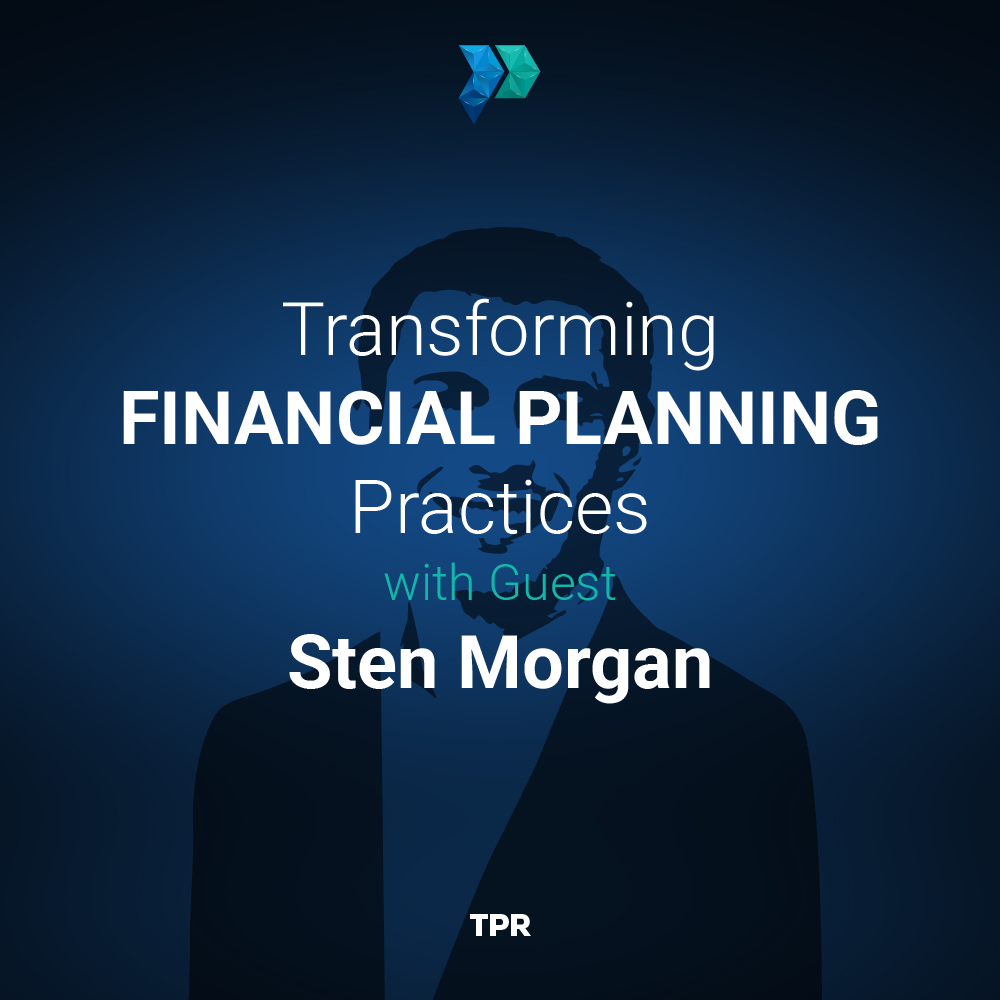What You'll Learn In Today's Episode:
- Being intentional and focused is crucial for successful prospecting.
- Track and measure your results to identify areas for improvement.
- Implement proven systems used by successful advisors.
- Create a prospect tracking system and define your ideal client.
- Deliver value and answer prospects’ questions during the initial meeting.
In this recap episode, Amber shares strategies from Matt and Micah to help financial advisors laser-focus their efforts on landing more prospects. Discover why intentionality and proven systems are game-changers in the art of prospecting. She breaks down the different prospecting channels every advisor needs to master, from leveraging referrals and centers of influence to networking, seminars, and content creation. Learn which tactics top advisors use to keep their prospect pipeline overflowing.
Amber also highlights the prospect onboarding process from Jamie’s Worlds to Conquer episode. Find out what critical information you need to request from prospects upfront and how to deliver massive value from your very first meeting.
Resources In Today's Episode:
Read the Transcript Below:
Amber
Hello TPR Nation. This is Amber Kuhn, thank you for joining me on today’s Follow up Friday, where I’ll be recapping this week’s episode highlights and action item. On Monday, Matt and Micah, we’re talking about prospecting with how do you increase your reps and what are the things that you need to do to grow? They said the most successful practices are the ones that are the most intentional. And the advisors who have the most success with their prospecting are the ones who are intentional about doing the hard work. The guys stepped one step further to state that if you’re not being hyper intentional with your time and carving time off with your family, while successfully growing your practice and moving that needle and being profitable – you’re not successful in your practice, yet. They throw out some hard numbers as well, that you need to be grinding it out until you have a million dollars of revenue per advisor, that you’re operating at a minimum 50% profitability, you have a prospect pipeline that’s generating 20% growth, and you’re taking a significant amount of time to spend with your family or the out of the office. Now this listen to the negative about where advisors are in their practice, but instead to point out that you need to embrace the grind and focus on prospecting and being hyper intentional. With this. You need to be tracking your reps and your results, meaning you’re writing them down. You need a trackable process so that you can see where you need that improvement in whatever prospecting system you’re using. You need to have those check ins to see what’s working. And you need to only do proven systems by those advisors that you want to model your practice after. And for anyone who has a somewhat established practice, the first thing that you need to do is measure where your existing clients came from with their names and the exact source. You also need to have three prospecting channels that you’re always working on. The first is referrals. And the guys said, don’t worry because everyone’s doing referrals wrong. You need to have an intentional strategy about how you’re going to grow your referrals. And with this, you have to deliver value that exceeds whatever the prospect or client thought they were going to get. In terms of counting reps for this the guys showed a few different options you can look at and that you need to be counting this every week. The other two channels you need to pick is dependent on you. There’s a lot of strategies that work but you need to look at which ones you’re willing to do the work and to every week for at least two years. And don’t do something just because someone else is doing it. Matt and Micah talked about COI and the centers of influence and how you’re engaging with them in your area and positioning yourself to show that you help clients in those areas as well. Now this has to be about what’s in it for them too. It can’t be all about you networking is another area but Micah cautions that 99% of people should avoid doing this. Matt gets a lot of his clients from networking, and he said that if you’re going to do this, you need to do a dream 100 concept and that is long term strategy. Another option is seminars and educational events and this is something that Micah has been doing for years he does this so that the people attending walk away with the most value possible, and it highlights his area of expertise. But this is something that takes months of practice and development to implement. On top of filling the seats. They also highlighted content creation. Now this is where a lot of advisors go wrong thinking that they could just do random posts or random content. You really want to go in depth on a few things, but also really look at what those things are. There’s a long strategy and process that’s involved in this. Now for any of the strategies that the guys mentioned. It starts with taking action and doing a strategy that works. Find an advisor who you respect, and whose practice you respect, implement the systems that they have also realized that with prospecting, you can’t win the money game, but you can win the upper game. Let’s get an action items. You need a prospect tracking system so you can break your key steps down and figure out what your three channels are and track the reps that you’re going to do. And you also need to define in writing who is your ideal client? Maybe call to this week’s World’s to Conquer encore episode Jamie walk they’re a part of a prospect process related to the information that prospects are requested to provide prior to their initial meeting. A few points that Jamie shared prior to diving into the information portion was to make sure your team understands the basics and the difference between a prospect and a client. And that’s just because a prospect reaches out and wants to hire you, it doesn’t mean you need to take them on as a client and you want to use the no sell sell approach and a profit meeting. This is by delivering so much value during that initial meeting, you’re not going to pitch the prospect. If you have inundated them with value, the prospect is going to ask how they can continue to work with you. Jimmy then went over what they asked a prospect to bring during the initial meeting. The relationship manager will verbally go through the requested items and they’ll also send over a written list. Jamie then went in depth over the personal financial factfinder which really sets the tone for what they’ll do during their analysis. Now members if you’re interested in viewing this webinar, visit a member site in search factfinder so you can access the document. Jamie’s then went into detail in each section for that from family data, employer benefits to cash flow and goals. Then they’ll finish with any questions of a prospect has and include the checklist of documents needed to include for that initial meeting. Jamie so the process will give them as much information as possible because they’re paying for this meeting. So they want to share this information with you to get the most out of the meeting. The relationship manager will also ask the prospect what questions they want to ask during the meeting. Jamie said this is usually around five questions and what’s great is that it arms you as the advisor with the ability to answer these questions during the consultation. And you can begin building that financial plan with all this information if that prospect does move forward with hiring you as their advisor. Now when the prospect appointment finishes, Jamie will ask if the meeting was valuable and what other questions they have. Jamie knows that the prospect will likely have questions after the meeting as well. And she calls us the parking lot rule which is that as soon as they leave, they’ll think of all the questions that they didn’t ask. Now if they’re quick questions on something we discussed in the meeting, they’ll normally answer them but if there’s additional questions, then that will require either an additional consultation or then becoming a client. Let’s get on to action items. Remember, you don’t have to work with everyone. And when you’re meeting with a prospect, ask for a lot of information. But make sure that you’re being intentional about how you’re prepping for that appointment. During the consultation, make sure that you’re answering the prospects question and end your meeting asking the prospect if they felt the meeting was valuable. If you’re delivering that value and practicing that no sell sell, then the prospect will almost always say yes. Before we go TPR Nation if you’re looking for an opportunity to learn in person from that mica Be sure to join us this September at TPR LIVE in Arizona. Visit theperfectria.com/live for more information and to save your spot. That wraps up this week’s recap thank you for joining me and please share this or any of our episodes with another advisor or team member who you think might benefit from listening. And be sure to subscribe to The Perfect RIA podcast so you don’t miss an episode. Until next time, happy planning!








